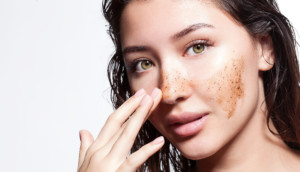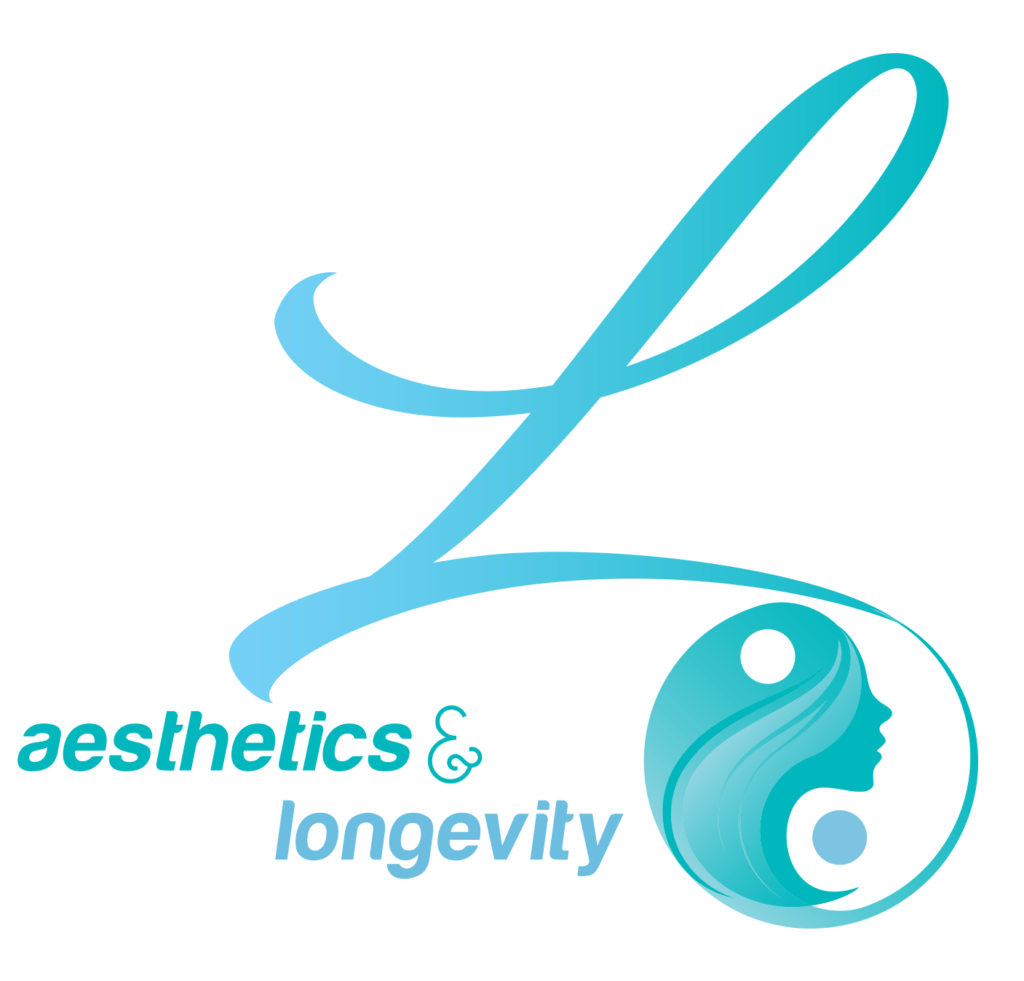By Gi Gi Spencer L.E.
PIH or Post inflammatory Hyperpigmentation is discoloration of the skin that is caused by an inflammatory wound or damage or irritation to the skin, and is the natural response to inflammation or irritation of the skin. PIH will appear as a flat area of discoloration on the skin that can range in color from pink, red, purple, brown or black depending on your skin tone and depth of the pigment change, and can be anywhere on the body.
PIH is a condition that is most common in people of color because skin of color has more pigment or melanin, but can occur regardless of skin color, and affects both men and women equally.
PIH develops when there is irritation and damage to the skin from things such as, scrapes, pimples, acne, psoriasis, eczema, accidental burns, sun damage, radiation, laser procedures, infection and other irritants or allergic reactions. As the skin heals it produces too much melanin which is the protein in the skin that gives the skin color. It is the excess melanin that darkens and discolors the skin and can remain after the skin is completely healed.
The good news is that PIH can fade naturally over time, even without treatments, but can take up to 24 months or longer to fully fade.

Darker skin tones most often need other treatments to help reduce the pigment one hyperpigmentation occurs. Even then treatments may not completely erase all the additional pigment.
Treatments that may help are over the counter products that may be helpful for lighter more subtle spots on the surface of the skin. But prescription topicals such as hydroquinone, retinoids, glycolic and kojic acids are much more effective. Microdermabrasion and light peels may also help with mild PIH.
Deeper or more dermal PIH or Melasma are much more difficult to treat but can be addressed over time with diligent and consistent treatment. Often procedures like deeper peels and laser therapy are used but there may also be a greater risk of worsening PIH with these treatments. In order to help prevent worsening of PIH with aggressive treatments, you may require a melanin suppressant pre and post treatment that can be prescribed by a doctor.
Finding a good skin care regimen for acne can be a good solution to stop the pigmentation caused by the acne. Make sure that the skin is always protected with a good broad spectrum SPF (Sun protection factor) that protects you from both UVA and UVB rays and also UV light.
Sun protection is most important post procedure and treatment, but should be used anytime you are exposed to the sun.
If you live in central Texas or in the Austin area and you have PIH our experts at our 4 local Austin area clinics are here to help. We have doctors, nurse practitioners, estheticians, laser specialists, and body sculpting specialists available who can assess your “problem” area and develop a plan designed specifically for you and your skin and body.
Are you interested in things you can do at home to help with hyperpigmentation? https://lalongevity.com/how-to-lighten-hyperpigmentation/
Click here for more information on hyperpigmentation and melasma. https://lalongevity.com/conditions/hyperpigmentation-melasma/Click here for another blog post by Gi Gi on melasma. https://lalongevity.com/my-my-melasma/
If you have skin damage and are interested in how Red Light Therapy can help heal your skin faster, take a look at this article. https://drnatalieledbetter.com/f/the-benefits-of-red-light-therapy
